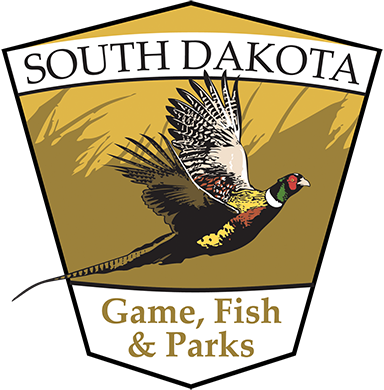upland restoration practices
Lack of adequate grassland habitat is the number one limiting factor for upland-dependent wildlife in South Dakota. Properly designed grassland plantings containing a variety of grasses and forbs not only provide superior nesting and brood habitat for game species such as pheasants and waterfowl, but also support an abundance of non-game species such as the western meadowlark, bobolink, grasshopper sparrow, and rare species like the Dakota Skipper that all depend and thrive in diverse grassland habitat. Furthermore, grassland plantings including a warm season grass component, such as big bluestem and switchgrass, provide important thermal cover for resident wildlife during winter months as well as residual cover the following spring.
Grasslands not only provide nesting cover and other habitat benefits to numerous wildlife species, but are also a vital component of ranching operations found across the state. The South Dakota Department of Game, Fish and Parks will cost share up to 100 percent of grass seed needed to replant cropland back to grass (up to $125/acre). Plantings of a minimum of 10 acres in size receive priority to maximize the habitat benefits for wildlife. A 10-year commitment is required by the cooperator to keep the grass intact.
Depending upon the landowner's management objective, examples of plantings include establishing a mixture of native grasses and legumes exclusively for wildlife or seeding marginal cropland back to a grazing mixture of perennial grasses for livestock production and wildlife purposes.
Seeding plans must be designed and approved by a habitat advisor. Payments will be made upon project completion. South Dakota law requires that reasonable public hunting shall be provided when habitat management funds are expended on private lands.
Grass Species Include (but are not limited to):
- Big bluestem
- Indiangrass
- Switchgrass
- Little Bluestem
- Sideoats Grama
- Canada Wildrye
- Western Wheatgrass
- Slender Wheatgrass
- Green Needlegrass
- Blue Grama
Forb Species Include (but are not limited to):
- Prairie Coneflower
- Purple Coneflower
- Grayhead Coneflower
- Black-eyed Susan
- Canada Mildvetch
- Purple Prairie Clover
- White Prairie Clover
- Maximilian Sunflower
- Stiff Sunflower
- False Sunflower
- Wild Bergamot
- Hoary Vervain
- Western Yarrow
- Common Milkweed
- Blanket flower
Habitat advisors are here to help along the way. They possess the knowledge of federal, state, and local programs to assist landowners in finding the right program(s) to meet their personal habitat and land use goals.

